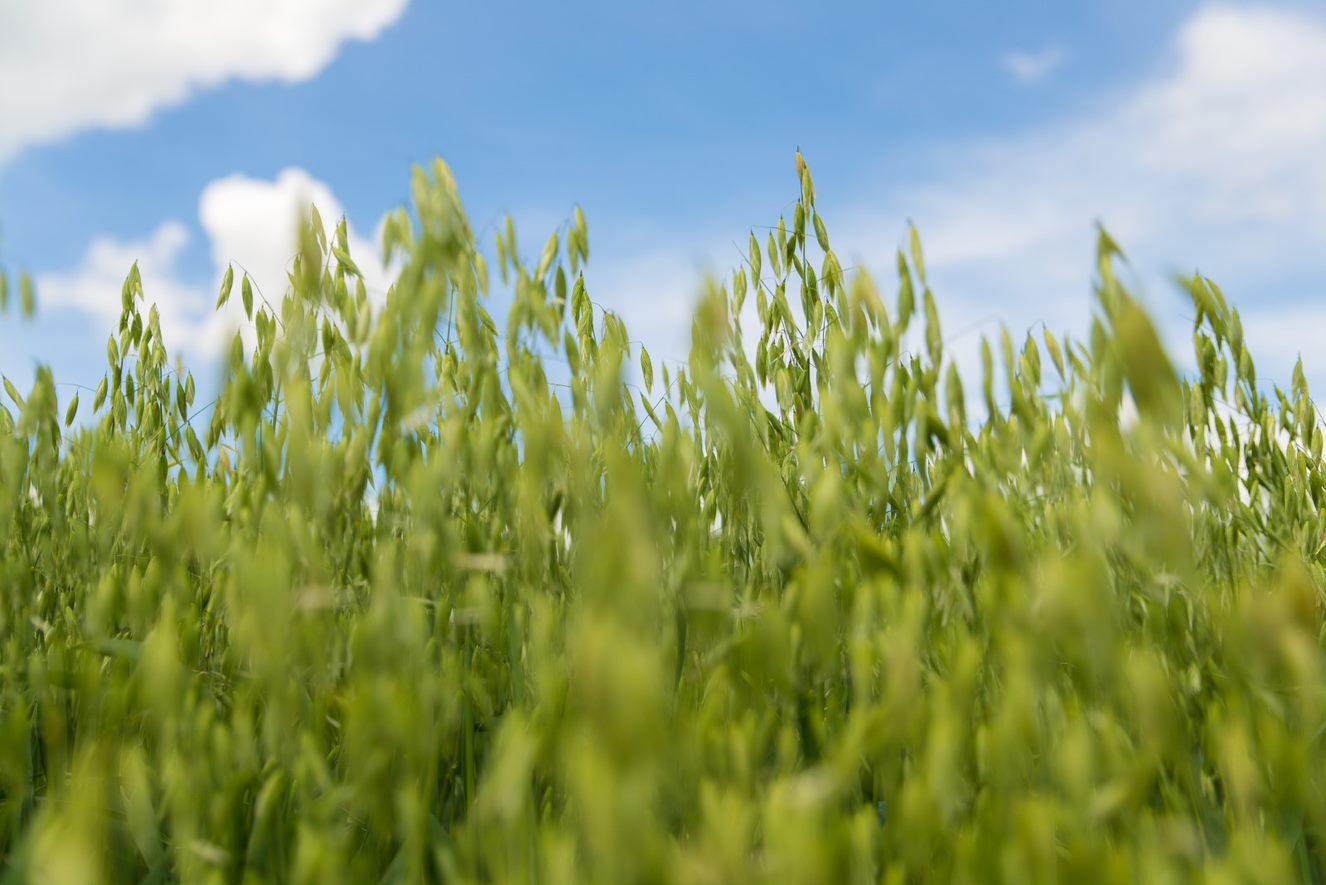Making spring crops work for you
Tuesday, 26 February 2019
If you want to make a success of spring crops, it’s all about knowing your markets and having attention to detail – according to the Duxford Monitor Farm.
Tom Mead and David Hurst host the Monitor Farm group, bringing together their different farming backgrounds and experiences – Tom farms 383ha in partnership with his father and David Hurst is the arable farm manager at Law Farming, which has more than 1,800ha.
Both Tom and David grow sugar beet, spring barley and spring oats, but David also grows late-sown winter oats, spring mustard and peas. David supplies many of his crops on contract to Jordans Ryvita.

Teresa Meadows, AHDB Knowledge Exchange Manager, said: “It was clear to see from the gross margin figures we looked at, the real value of having definite markets for your spring crops. There was almost £300/ha increase in gross margins for growing spring barley and spring oats on a specific contract for a specific buyer.”
There’s a high margin and return on variable costs for premium crops, AHDB Senior Analyst James Webster explained, but there are also potential challenges for market access. Spring feed beans offer the best return on variable costs for the non-premium crops, along with opportunities to fix nitrogen for following wheat crops, but they also have the lowest gross margin of the crops looked at.
In James’ analysis, spring malting barley came out on top for potential gross margins (using data from trade contacts and the Andersons Centre). But James warned that this also had the highest risk, especially considering the uncertain feed demand.
“At the moment,” he said, “the outlook for new crop prices isn’t looking particularly positive, with quite a few downward pressures coming in. There is still a lot of wheat to be exported globally and an increased wheat area in some of the major exporting nations.”

The other important thing is attention to detail, especially growing quality crops such as oats.
Brin Hughes from Richardson oat millers in Bedford explained how the key qualities he looks for are bushel weight, screenings, moisture, admix, colour, kernel content and hullability or hulling losses.
Tom Mead said: “It all comes back to consistency.”
The final opportunity to consider, said Peter Smith from Agrii, are new crops serving the protein alternatives and free-from markets. There are trials looking into options for growing navy beans (also known as haricot beans, for baked beans – 1.5 million cans of Heinz Beanz alone are sold in the UK every day); chick peas and soya.
And although the evidence isn’t conclusive yet on whether we’ll always have the right conditions to grow these commonly imported crops, Peter encouraged famers to get involved. “You’re all innovative people,” he said.

Tom Mead added: “There’s also the opportunity to create a really positive story around these new crops.”
The group met on Friday 15 February to look at how to make the most of spring cropping options.
There will be a summer meeting and farm walk on 7 June. For more information, contact Teresa Meadows on 07387 015465 or teresa.meadows@ahdb.org.uk

